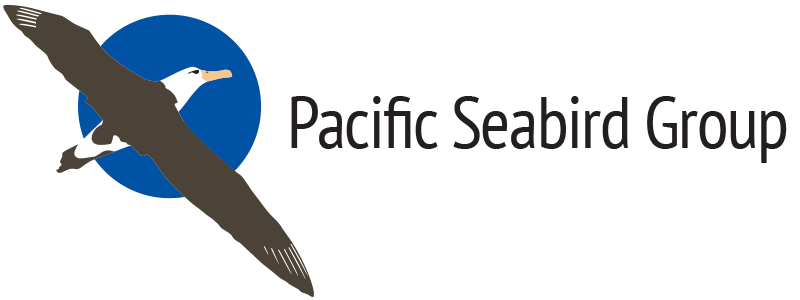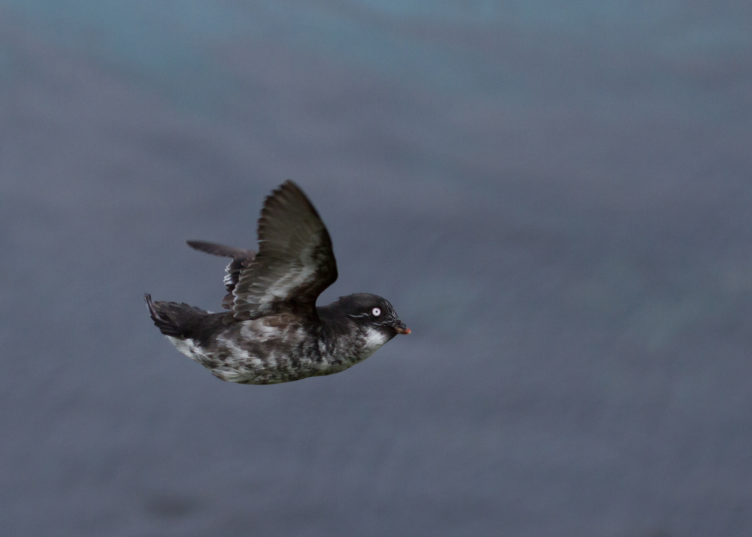Volunteers needed: Kure Atoll (Hawaii)
The State of Hawai’i’s Department of Land and Natural Resources and the Division of Forestry and Wildlife are seeking volunteers for work on invasive plant control at Kure Atoll Wildlife Sanctuary. Click for more:
Habitat Restoration Worker – Volunteer Positions
Location: Kure Atoll Wildlife Sanctuary, Northwestern Hawaiian Islands (NWHI)
Duration: 7 months (Approximately August 21st 2019 to March/April 2020)
Position closed: Applications reviewed upon receipt until positions are filled
Inquiries: Email Andy Sullivan-Haskins at kureatoll@gmail.com
Description: The State of Hawai’i’s Department of Land and Natural Resources (DLNR), Division of Forestry and Wildlife (DOFAW) is seeking volunteers for work at Kure Atoll Wildlife Sanctuary in the Northwestern Hawaiian Islands. Kure Atoll is a part of the Papahānaumokuākea Marine National Monument (PMNM), a UNESCO World Heritage Site, and is located 1,400 miles northwest of O’ahu. Kure Atoll occupies a unique position referred to as the “Darwin Point”, which is the northern extent of coral reef development and the atoll is estimated to be 29.8 million years old. Kure is an important breeding site for wildlife, including several rare or endangered species. Eighteen species of seabirds nest on Kure including Black-footed albatross (Phoebastria nigripes) and Christmas shearwaters (Puffinus nativitatus). The endangered Laysan teal (Anas laysanensis) was recently introduced to Kure. There are currently 16 native and 31 non-native plant species on Kure Atoll’s only vegetated island, Green Island. Several plant species are invasive and are being removed to improve seabird nesting habitat. DLNR is committed to eradicating the invasive plant Golden crown-beard (Verbesina encelioides) from the atoll. Invasive plants are a significant management concern becausthey displace native plant habitat and seabird nesting areas, and may entrap seabirds in a dense vegetative mass. Native plants are an integral resource for seabird nesting habitat and dune stabilization. This position is a unique opportunity to protect and recover seabird habitat while living in a wildlife sanctuary!
Kure Atoll is an extremely remote work location. Transportation to/from Kure Atoll is by ship and is infrequent. The ability to live and work in close quarters with a small group of people for an extended period of time is of the utmost importance. The seasonal field teams consist of 6 to 8 people. Due to limited transportation, there are only 2 field seasons per year (approximately 6 months each). Contact on Kure is limited to text only e-mail (no pictures or attachments) through the field station’s satellite phone. There is no internet or cell phone service available.
Strict Quarantine: Biosecurity protocols are in place to prevent introduction of alien species. This quarantine requires that all “soft” items (clothing, shoes, straps etc.) must be purchased new and frozen for 48 hours prior to departure to Kure Atoll. All “hard” items (cameras, musical instruments, etc.) must be inspected thoroughly and may need to be frozen or fumigated prior to departure.
Primary responsibilities include: Invasive plant removal; Big-headed ant monitoring; Laysan duck monitoring; native plant propagation and out-planting; vegetation surveys; seabird surveys and assisting with banding events; Hawaiian monk seal monitoring; marine debris removal; data collection and entry; weekly meetings. Additionally, all staff will help with regular camp maintenance and chores outside of regular work hours.
**Although the work load is diverse, most of the hours are dedicated to invasive plant removal (75-80%)**
Desired Experience: Invasive species control; Hawaiian plant identification; native plant propagation and out-planting; avian reproductive monitoring; shorebird and/or seabird monitoring and identification; binocular/spotting scope use; data management; familiarity with Excel and ArcGIS; GPS usage. Other useful skills include: carpentry, solar equipment maintenance, small boat experience.
Requirements: Excellent physical and mental health; able to walk 10 miles per day with a 40lb pack over uneven terrain, lift 50 lbs, work for long hours in hot/sunny, rainy/cold conditions, and bend or stoop for long periods of time; must know how to swim; and have 20/20 color vision or correctable lenses. Must be comfortable with herbicide use.






